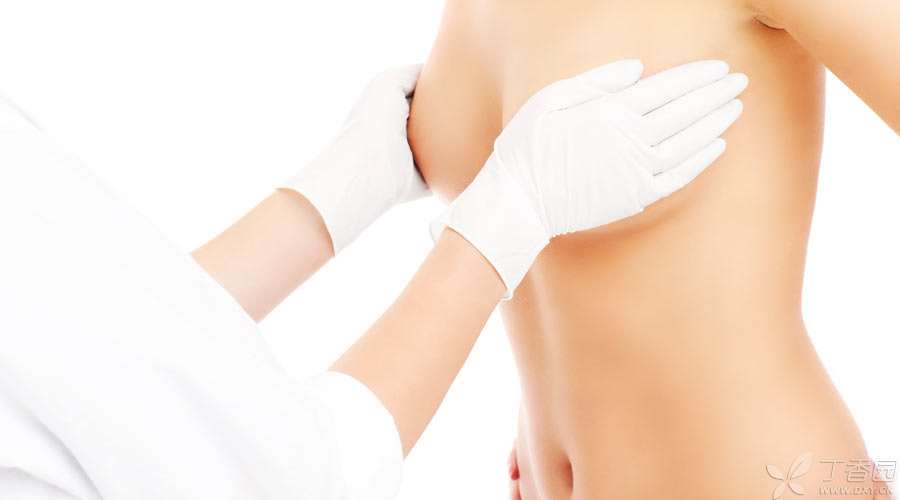
Women’s breasts are not only an organ that completes the function of breast feeding, but also endowed with more profound connotation. It symbolizes women’s life, youth, love and strength. So having a pair of perfect and plump breasts has been the dream of all women from ancient times till now.
In 1890, Austrian doctor Robert Gersuny invented paraffin injection breast augmentation, which was the first attempt of human breast augmentation through medical methods. After that, various fillings such as ivory, fat and saline appeared one after another. We can’t imagine them now.
Of course, there are serious problems with the safety, appearance, feel and so on of these materials. With the passage of time, they were eventually abandoned. All kinds of complications cannot stop women’s pursuit of beauty, and it is this strong desire that drives the continuous innovation of surgery and materials science.
Dark Ages: Ogilvy
Human beings have been losing and fighting many times on the road to breast augmentation. Until the 1990s, there was a dark age that medical history did not want to mention until now and is still a nightmare: omedine. It has a better-known name for medical professionals: Intel Farrar.
At that time, the State Food and Drug Administration monitored that this liquid injection material had quick effect, simplicity and remarkable effect. The most important thing is that the compound is non-toxic.
Such perfect materials swept the country in a short period of time. Many women chose to undergo breast augmentation surgery with omedine injection.
As a result, when nightmares start, omedine will cause serious inflammatory reactions in the human body, leading to breast inflammation, suppuration, mass and even canceration.
Clinically, I met dozens of patients who asked to take out omedine. During the operation, it was found that omedine invaded various breast tissues and even pectoralis major muscles, and the breast festered to varying degrees, causing lifelong lactation inability. In order to take it out completely and cleanly, I had to remove some glands and muscles and even the whole breast. Breast augmentation did not reverse chest destruction.
What is even more frightening is that Ogilvy will definitely break down into highly toxic monomer molecules (which have been listed as carcinogens by the World Health Organization).
The decomposition of omedine even wanders all over the body, causing serious complications. In the communication among peers, it was heard that omedine wanders into the lungs, causing pneumothorax and spasm. Walking under the skin, forming lumps all over the body; Some even wander to the brain, causing symptoms such as mental disorder.
Ogilvy, who was very popular for a while, fell off the altar and became a devil that everyone could not avoid and turned pale at the mention.
On April 30, 2006, the State Food and Drug Administration officially revoked the medical device registration certificate of Ogilvy and stopped its production, sale and use. Since then, Ogilvy has become a dusty and painful past in the history of breast augmentation.

Mainstream operation: silicone gel
After the storm, beauty lovers and fanatical surgeons stopped and slowed down the pace of breast augmentation. After all, the price of beauty should not be life. After that, breast augmentation surgery entered a very cautious stage.
At present, the safest and most effective breast augmentation surgery is mainly silicone prosthesis breast augmentation.
Silica gel prosthesis has good histocompatibility, no carcinogenic, mutagenic, teratogenic and other problems, and its tear resistance, hardness, elastic retraction force and other aspects are satisfactory.
Silica gel prosthesis insertion pectoralis major muscle is the most mainstream operation for breast augmentation. If there is no sharp instrument injury after the operation, the general silica gel will not rupture, if there is a rupture, because the gel of silica gel is tightly connected, will not flow, and can be taken out cleanly. Through the improvement of materials, the probability of capsule contracture of the prosthesis is also greatly reduced.
At the same time, most of the surgical paths choose to place the prosthesis after the pectoralis major muscle, which not only ensures the minimum damage to the breast itself, but also retains the breast feeding function and makes the appearance feel more natural. Incision is often taken in hidden positions such as axilla or areola, which is almost imperceptible.
Risk Unpredictable: Injection Breast Augmentation
Autologous fat injection for breast augmentation, which sounds like killing two birds with one stone, is actually rare.
First, liposuction is one of the more dangerous and difficult operations in the field of plastic surgery. Its most serious complication, fat embolism, is fatal. Secondly, adipose tissue is prone to necrosis after injection into breast.
I once met a plane model who had a large amount of fat necrosis and inflammatory reaction after autologous fat breast augmentation, and had to undergo surgery to remove part of the breast.
Therefore, regular hospitals generally do not recommend a large amount of fat injection for breast augmentation, and will only be used as a small amount of local area adjustment after silicone prosthesis. As for hyaluronic acid popular in various beauty salons and some injections with unknown sources and components, it is really difficult to evaluate their safety.
In short, everyone has a heart to pursue perfection, but any plastic and cosmetic surgery should be the icing on the cake, and should never be at the expense of organ function or even life. Breast augmentation surgery, please be cautious!
This article is exclusively authorized by the author to be used by Clove Garden and refuses to reprint in any other form.
